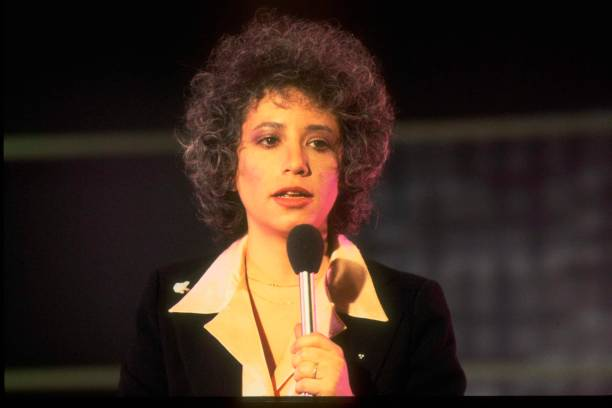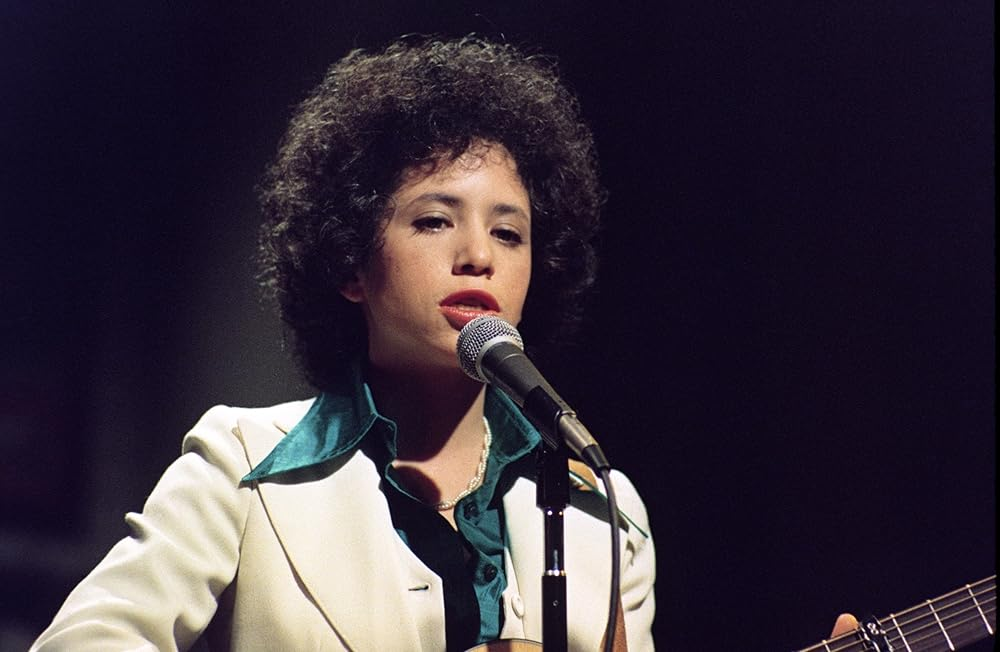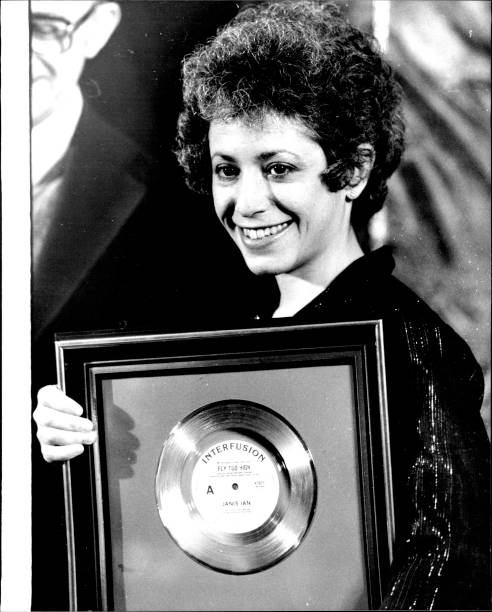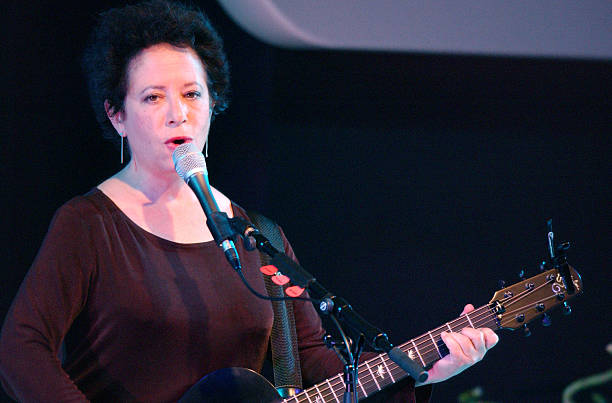
Every once in a while, an artist comes along who doesn’t just make music — they start conversations that matter. Janis Ian is one of those rare voices. Born Janis Eddy Fink in New York City in 1951, she grew up surrounded by creativity and curiosity. Her parents, both musically inclined, encouraged her to explore art in all its forms. That nurturing environment sparked something powerful in her — a desire to tell the truth through song.
Video: Janis Ian – At Seventeen
By the age of 12, she was already writing her own music. At 14, she signed her first recording contract, proving that age had nothing to do with emotional depth. Her debut single, “Society’s Child,” released in 1966, broke barriers. It wasn’t a love song or a catchy pop tune — it was a raw, fearless look at interracial relationships during one of the most divided times in American history. The song’s honesty made people uncomfortable, but it also made them listen.
Breaking Barriers with “Society’s Child”
Imagine being 14 years old and tackling one of the most controversial topics of your generation. That’s what Janis Ian did. “Society’s Child” wasn’t just bold — it was revolutionary. Many radio stations refused to play it. She even received threats. But art has a way of finding its audience, and the song’s emotional power connected deeply with those who needed to hear it.

Leonard Bernstein himself recognized its brilliance, featuring it in his 1967 TV special Inside Pop: The Rock Revolution. That moment changed everything. Overnight, Janis Ian became more than a teenage singer — she became a voice of courage. Despite the backlash, she earned her first Grammy nomination and built the foundation of a career that would be defined by honesty, resilience, and artistry.
The Poetic Power of “At Seventeen”
Fast forward to 1975, and Janis Ian was about to give the world another masterpiece. “At Seventeen” wasn’t flashy or loud — it was heartbreak in melody form. It told the story of what it felt like to be the outsider, the one who never fit into society’s idea of beauty or popularity. If “Society’s Child” was bold, “At Seventeen” was brutally personal.
Video: Janis Ian At Seventeen 17 Lyrics
The song hit number three on the Billboard Hot 100 and won her the Grammy Award for Best Female Pop Vocal Performance. More importantly, it resonated with millions who had felt unseen or unworthy. It became an anthem for anyone who ever looked in the mirror and didn’t see what the world wanted them to. That song wasn’t just about teenage pain — it was about self-acceptance and learning to find beauty in truth.

An Artist Who Refused to Be Defined
Janis Ian never stopped evolving. While many artists found a formula and stuck to it, she kept experimenting. Through the 1970s and 1980s, she explored folk, jazz, and even electronic sounds, always staying true to her lyrical honesty. Her albums like “Between the Lines” and “Miracle Row” showcased a songwriter who could balance introspection with storytelling.
Even when the spotlight dimmed during the rise of new wave and pop, Ian didn’t disappear — she simply shifted focus. She wrote, she composed, and she took time to grow personally and artistically. Her later work revealed not only maturity but a deep sense of peace with who she had become.

Breaking Silence and Building Legacy
In 1993, Janis Ian made a triumphant return with her album “Breaking Silence.” This wasn’t just a comeback — it was a statement. The album tackled issues like LGBTQ+ rights, discrimination, and self-identity, long before those conversations were mainstream. As one of the few openly gay artists of her era, Ian used her platform to advocate for acceptance and equality.
Her songs like “I’m Still Standing” and “Some People’s Lives” reminded fans that she was never afraid to face uncomfortable truths. Breaking Silence earned critical acclaim and reintroduced Janis Ian to a new generation who admired her courage as much as her craft.

A Writer, Advocate, and Eternal Storyteller
Janis Ian’s creativity didn’t stop at music. In 2008, she released her autobiography “Society’s Child: My Autobiography,” a beautifully honest reflection of her life — the triumphs, the heartbreaks, and the lessons learned. The book was praised for its vulnerability and depth, giving readers a glimpse into the mind of a woman who never stopped searching for truth.
Janis Ian “Jesse”
Beyond writing, she became a fierce advocate for artists’ rights in the digital age. When many musicians struggled to adapt to the rise of online platforms, Ian spoke up about fair pay and copyright protection. She reminded the world that creativity has value — and that artists deserve to be respected, not exploited.

The Final Note: “The Light at the End of the Line”
In 2022, Janis Ian released her final studio album, “The Light at the End of the Line.” It was her farewell letter to fans, a collection of songs that reflected on love, resilience, and legacy. It wasn’t an ending filled with sadness but one filled with grace. It felt like the closing chapter of a story that began with a young girl writing songs in her bedroom — and ended with a woman who had changed music forever.
Even though she stepped back from recording, Janis Ian hasn’t stopped inspiring. She continues to perform live, connect with fans online, and use her voice to uplift others. Her art remains a light for those searching for authenticity in a world that often rewards imitation.

The Legacy of a Truth Teller
Janis Ian’s career is more than a timeline of albums and awards — it’s a masterclass in integrity. She taught us that art isn’t about chasing trends; it’s about telling the truth. She sang about pain, prejudice, self-doubt, and love in ways that made listeners feel seen and understood.
Video: Philadelphia Folk Festival | Collaborations l Tommy Emmanuel and Janis Ian
Her music is timeless because it’s honest. Her activism is powerful because it’s personal. Janis Ian didn’t just write songs — she wrote stories that became lifelines for anyone who ever felt invisible. Her courage to be vulnerable turned her into a symbol of strength and authenticity.

Janis Ian’s story isn’t just one of musical success — it’s one of bravery, resilience, and purpose. From the moment she sang “Society’s Child” to her final note in “The Light at the End of the Line,” she stayed true to her mission: to tell the truth, no matter the cost.
Her songs continue to echo in the hearts of those who listen, and her legacy remains a beacon for future generations of artists. Janis Ian will always be remembered not only as a folk legend but as a fearless storyteller who turned her truth into timeless art.


